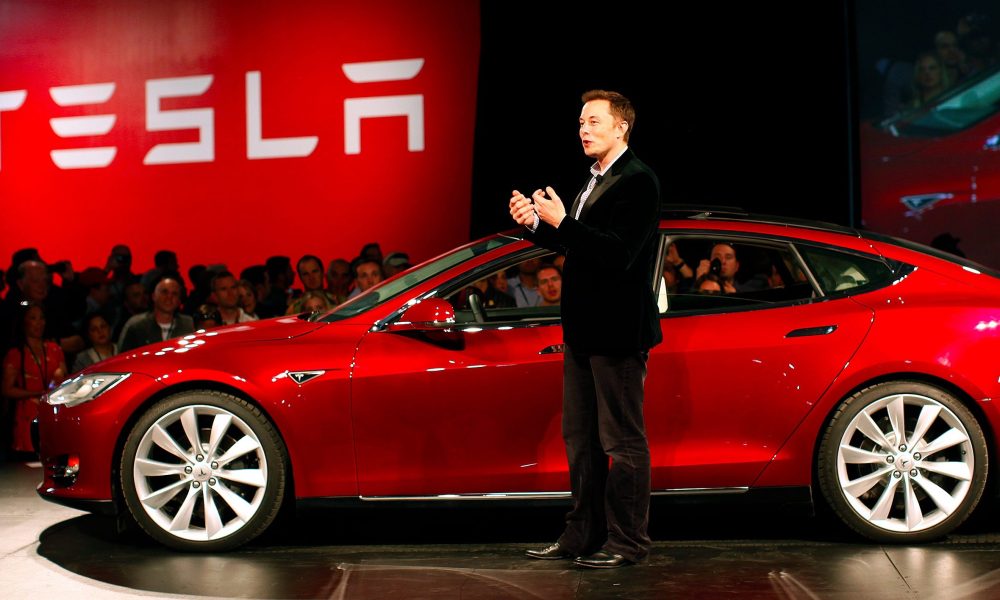
"Tesla CEO Elon Musk has frequently expressed his opinions on LiDAR in the past, but in recent days, the EV maker's frontman has continued to discuss the weaknesses in the technology and why his company has relied on cameras. He also mentioned the suite's limits on Waymo's capabilities. Tesla completely abandoned using radar alongside its camera suite a few years ago, something it referred to as "Tesla Vision" at the time."
"LiDAR also does not work well in snow, rain or dust due to reflection scatter. That's why Waymos stop working in any heavy precipitation. As I have said many times, there is a role for LiDAR in some circumstances and I personally oversaw the development of LiDAR for the SpaceX Dragon docking with Space Station. I am well aware of its strengths and weaknesses."
LiDAR performance degrades in snow, rain, and dust because reflection scatter limits reliable returns, reducing functionality in heavy precipitation. Sensor disagreement between LiDAR/radar and cameras can produce ambiguity that increases risk rather than reducing it. Tesla removed radar and adopted a camera-only perception approach called Tesla Vision, relying solely on cameras for vehicle autonomy. The camera-first strategy is promoted as improving safety by avoiding conflicting sensor inputs. LiDAR retains specific roles and demonstrated utility in precise applications like spacecraft docking, but it has clear strengths and weaknesses in adverse weather and certain conditions.
Read at TESLARATI
Unable to calculate read time
Collection
[
|
...
]